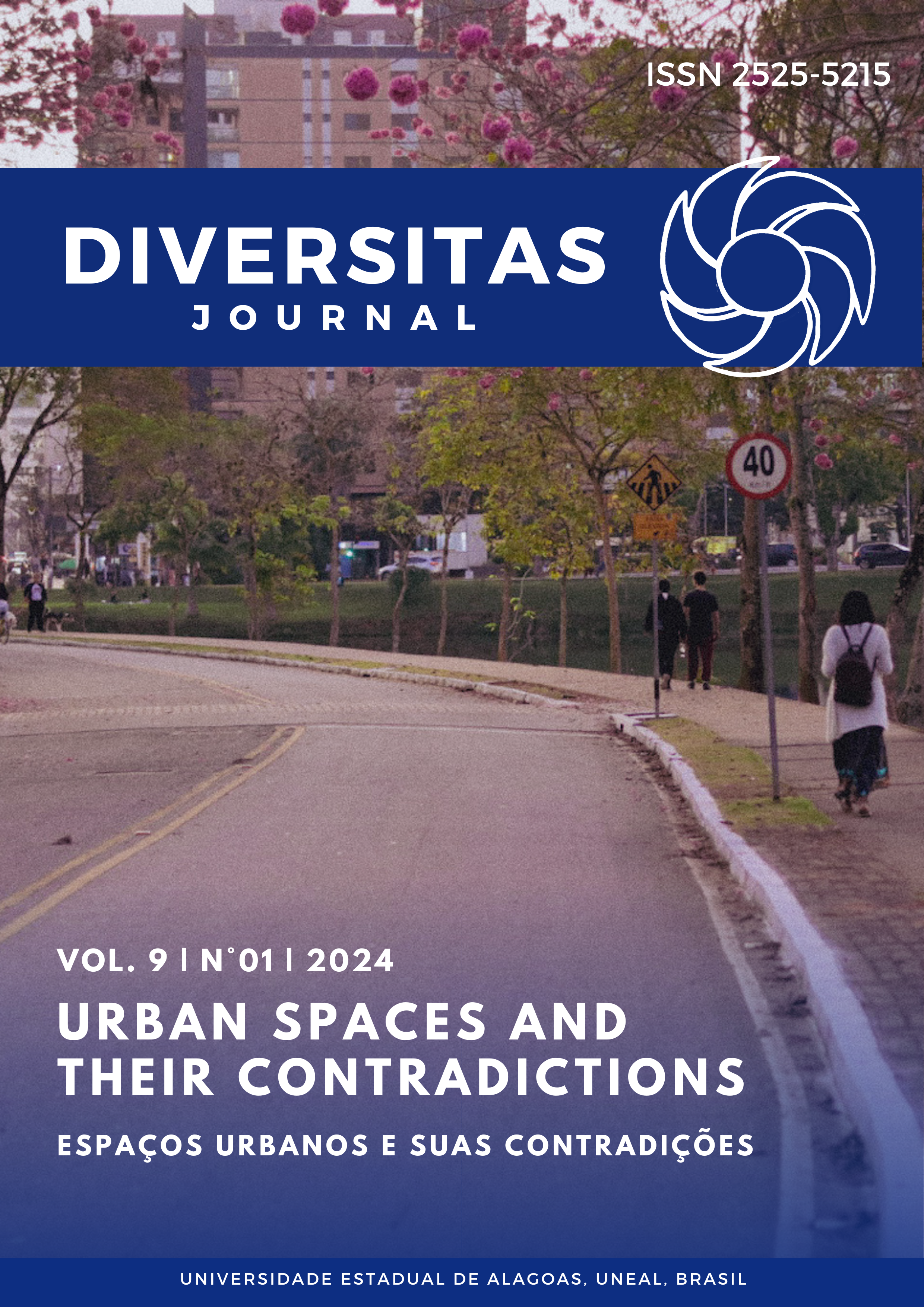Student satisfaction with the heutagogical approach in education
DOI:
https://doi.org/10.48017/dj.v9i1.2861Palabras clave:
Sustainable Education, Technology, Heutagogy Education, Digital EraResumen
The heutagogical approach places a strong emphasis on learner autonomy and the enhancement of their potential for a self-directed learning, technology utilization also can make it easier to integrate heutagogy in the classroom, improving learning results and increasing learner engagement. Thus, the student satisfaction is an essential element of higher education that can support student achievement. This study aims to describe the satisfaction of Political Science students with the heutagogy approach in education at the Universidad de Manila, Philippines using a descriptive quantitative approach with a survey method. The subjects of this study were the twenty-nine (29) students of the Political Science education program at Universidad de Manila, Philippines who are currently enrolled in Qualitative and Quantitative Analysis of Political Data (PSC222). The sampling used was purposeful which is a non-probability. The result reveals that the students were very satisfied (62.1%) with the quality of teaching, satisfied (58.6%) with the course content, satisfied (37.9%) with the campus facilities, and very satisfied (55.2%) with the student support and services. The results disclosed that student satisfaction is a vital aspect in higher education as it affects their motivation and academic success, especially in this era of Globalization, Technology, Information and Communication Technology (ICT), is increasing, which forces the world of education to have positive innovations for the advancement of education.
Métricas
Citas
Abdul Hakim, M. M. S. (2015). Pengurusan Fasiliti. UTM: Penerbit Universiti Teknologi Malaysia
Asiabaka, I.P. (2008). Facilities Management in Schools In I.L, Anukam, P.O. & Okunnaniri,
S.U,& R.N.O.Ogbonna. (Eds) Basic Text on Educational Management, Owerri: Chinashop Publisher.
Baum, S. H.. (2014).“How communities can use research to hold school system accountable”,
The Urban Review. 36(1): pp. 37-59 Wan and J. Ivy, Providing access by integrating computer-aided design in mathematics Teacher education courses, J. Digit. Learn. Teach. Educ.,pp. 1–13, 2021.
C. E. Weinstein, Assessment and training ofstudent learning strategies, in Learning strategiesand learning styles, Springer, 2018, pp. 291–316.
E. Salas, K. A. Wilson, C. E. Murphy, H. King,and M. Salisbury, Communicating, coordinating,and cooperating when lives depend on it: tips forteamwork, Jt. Comm. J. Qual. Patient Saf., vol. 34,no. 6, pp. 333–341, 2008.
Hill, Y., Lomas, L., MacGregor, J. (2003). Students’ perceptions of quality in higher education. Quality Assurance in Education, Vol. 11 No. 1, pp. 15-20.
L. M. Blaschke, Self-determined learning(heutagogy) and digital media are creatingintegrated educational environments fordeveloping lifelong learning skills, in The digitalturn in higher education, Springer, 2018, pp. 129–140.
P. A. Bishop, J. M. Downes, and K. Farber,Personalized learning in the middle grades: Aguide for classroom teachers and school leaders.Harvard Education Press, 2021.
Redjeki, E. S., & Moedzakir, D. (2017). Pengembangan Model Pelatihan Heutagogis untuk Pamong Belajar dalam Rangka Peningkatan Kualitas Pengelolaan Program
Richardson, L. P., Mcgowan, C., & Styger, L. (2017). Heutagogy - An updated Approach to Masters Education. Excellence in Service 20th International Conference, September,703–718. http://ro.uow.edu.au/cgi/viewcontent.cgi?article=2361&context=buspapers
S. C. Johnston et al., The discussion about advancedirectives: patient and physician opinionsregarding when and how it should be conducted,Arch. Intern. Med., vol. 155, no. 10, pp. 1025–1030, 2015.
Schwab, K. (2016). The Global Competitiveness Report 2016- 2017. Geneva: World Economic Forum. Geneva: World Economic Forum, https://www.weforum.org/. UNESCO-United Nations Educational, Scientific and Cultural Organization ( 2009). Student Affairs and Services in Higher Education: Global Foundations, Issues and Best Practices. Paris
Descargas
Publicado
Cómo citar
Número
Sección
Licencia
Derechos de autor 2024 IRENE GUMIRAN

Esta obra está bajo una licencia internacional Creative Commons Atribución 4.0.
O periodico Diversitas Journal expressa que os artigos são de unica responsabilidade dos Autores, conhecedores da legislação Brasileira e internacional. Os artigos são revisados pelos pares e devem ter o cuidado de avisar da possível incidencia de plagiarismo. Contudo o plagio é uma ação incontestavel dos autores. A Diversitas Journal não publicará artigos com indicios de Plagiarismos. Artigos com plagios serão tratados em conformidade com os procedimentos de plagiarismo COPE.
A violação dos direitos autorais constitui crime, previsto no artigo 184, do Código Penal Brasileiro:
“Art. 184 Violar direitos de autor e os que lhe são conexos: Pena – detenção, de 3 (três) meses a 1 (um) ano, ou multa. § 1o Se a violação consistir em reprodução total ou parcial, com intuito de lucro direto ou indireto, por qualquer meio ou processo, de obra intelectual, interpretação, execução ou fonograma, sem autorização expressa do autor, do artista intérprete ou executante, do produtor, conforme o caso, ou de quem os represente: Pena – reclusão, de 2 (dois) a 4 (quatro) anos, e multa.”


















